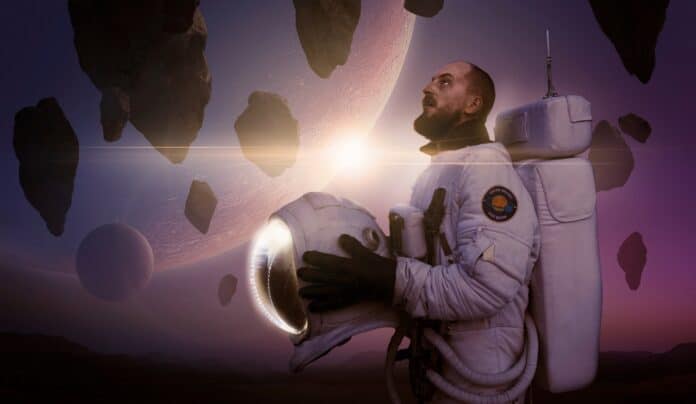Spaceflight exposes the human body to various dangers, including increased radiation, microgravity exposure, and social isolation. According to research, spaceflight changes brain morphology, inducing an upward displacement of the brain within the skull, resulting in cortical crowding and narrowing of the sulci at the top.
According to a new study on the human brain’s response to space flight, regular passengers should wait three years after long journeys to allow changes in their brains to reset.
Researchers examined brain scans of 30 astronauts before and after space travel. They discovered that the brain’s ventricles grow significantly in those who completed at least six-month missions. Less than three years may not be enough time for the ventricles to recover completely.
Ventricles are cavities in the brain that contain cerebrospinal fluid, which supplies the brain with protection, nutrition, and waste elimination. Fluids are successfully distributed throughout the human body through mechanisms. However, without gravity, the fluid shifts upward, forcing the brain higher within the skull and causing the ventricles to expand.
Rachael Seidler, a professor of applied physiology and kinesiology at the University of Florida and an author of the study, said, “We found that the more time people spent in space, the larger their ventricles became. Many astronauts travel to space more than once, and our study shows it takes about three years between flights for the ventricles to recover fully.”
According to Seidler, a Norman Fixel Institute for Neurological Diseases member at UF Health, ventricular expansion is the brain’s most frequent change due to spaceflight.
She said, “We don’t yet know for sure what the long-term consequences of this are on space travelers’ health and behavioral health, so allowing the brain time to recover seems like a good idea.”
People’s ventricles grew bigger the longer they were in space. According to the study, it takes the ventricles almost three years to fully recover between flights.
According to the study, the most significant change brought on by spaceflight in the brain is ventricular enlargement. Since the long-term effects of this on space travelers’ physical and mental health are unknown, giving the brain some time to repair is a smart idea.
Eight of the 30 astronauts who participated in the study went on two-week trips, 18 went on missions that lasted six months, and four spent around a year in space. The highest increase occurs when moving from two weeks to six months in space, and the ventricular enlargement decreases after six months.
The growth of the brain’s ventricles levels off after around six months. However, scientists are unable to study astronauts who have spent much longer in space than a year at this time.
The result of the study may impact decisions made in the future about crew travel and mission preparation.
The study was funded by NASA.
Journal Reference:
- McGregor, H.R., Hupfeld, K.E., Pasternak, O. et al. Impacts of spaceflight experience on human brain structure. Scientific Reports. DOI:10.1038/s41598-023-33331-8
